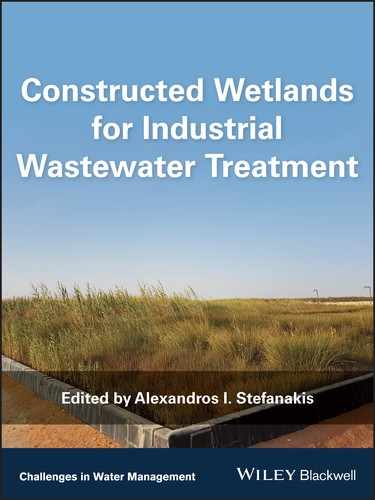Book Description
A groundbreaking book on the application of the economic and environmentally effective treatment of industrial wastewater
Constructed Wetlands for Industrial Wastewater Treatment contains a review of the state-of-the-art applications of constructed wetland technology for industrial wastewater treatment. This green technology offers many economic, environmental, and societal advantages. The text examines the many unique uses and the effectiveness of constructed wetlands for the treatment of complex and heavily polluted wastewater from various industrial sources.
The editor — a noted expert in the field — and the international author team (93 authors from 22 countries) present vivid examples of the current state of constructed wetlands in the industrial sector. The text is filled with international case studies and research outcomes and covers a wide range of applications of these sustainable systems including facilities such as the oil and gas industry, agro-industries, paper mills, pharmaceutical industry, textile industry, winery, brewery, sludge treatment and much more. The book reviews the many system setups, examines the different removal and/or transformational processes of the various pollutants and explores the overall effectiveness of this burgeoning technology. This important resource:
- Offers the first, groundbreaking text on constructed wetlands use for industrial wastewater treatment
- Provides a single reference with summarized information and the state-of-the-art knowledge of the use of Constructed Wetlands in the industrial sector through case studies, research outcomes and review chapters
- Covers a range of industrial applications such as hydrocarbons/oil and gas industry, food and beverage, wood and leather processing, agro-industries, pharmaceuticals and many others
- Includes best practices drawn by a collection of international case studies
- Presents the latest technological developments in the industry
